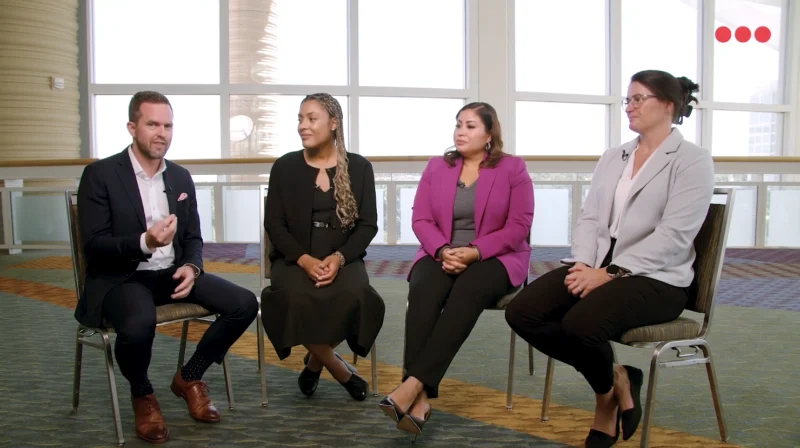Gossip about Gossip: How Platforms Provide Content Creators with Cryptocurrency Payment
In the rapidly growing world of cryptocurrency, getting paid for certain types of content via the digital medium is a lot more layered than meets the eye. According to Cointelegraph, the COVID-19 pandemic has heightened crypto payments as there was an increase of these payments. As content creators use various web platforms to promote and make a profit with their work, getting payment for such becomes an essential part of that discussion. How does crypto payment differ? How are platforms ensuring payment? And what goes into that process?
In the recent episode of “Gossip about Gossip,” Zenobia Godschalk interviewed Gregory Schneider, Deputy General Counsel at Hedera, about protecting and monetizing content creation and NFTs. They cover the landscape of cryptocurrency and the rise of NFTs, along with how payment works on different websites. Schneider is a financial attorney and the Deputy General Counsel at Hedera, where he’s been since September. He is a graduate of the University of Arizona, James E. Rogers College of Law.
“The money side is just kind of like the first layer of what happens on anything … that ability to transact and then you start layering on top of that, ‘Okay. Well, transaction for what?’ and then you have people who are making art, or music … or writing for example, any kind of creative endeavor, then you have to figure out … how are those people going to get paid and how are they going to get paid using this new technology,” said Schneider.
Key Points:
- The landscape of cryptocurrency and rise of NFTs
- Websites differ in providing payment, control, and royalties for content creators
- The sequence of steps that a platform initiates when it comes to crypto payment




